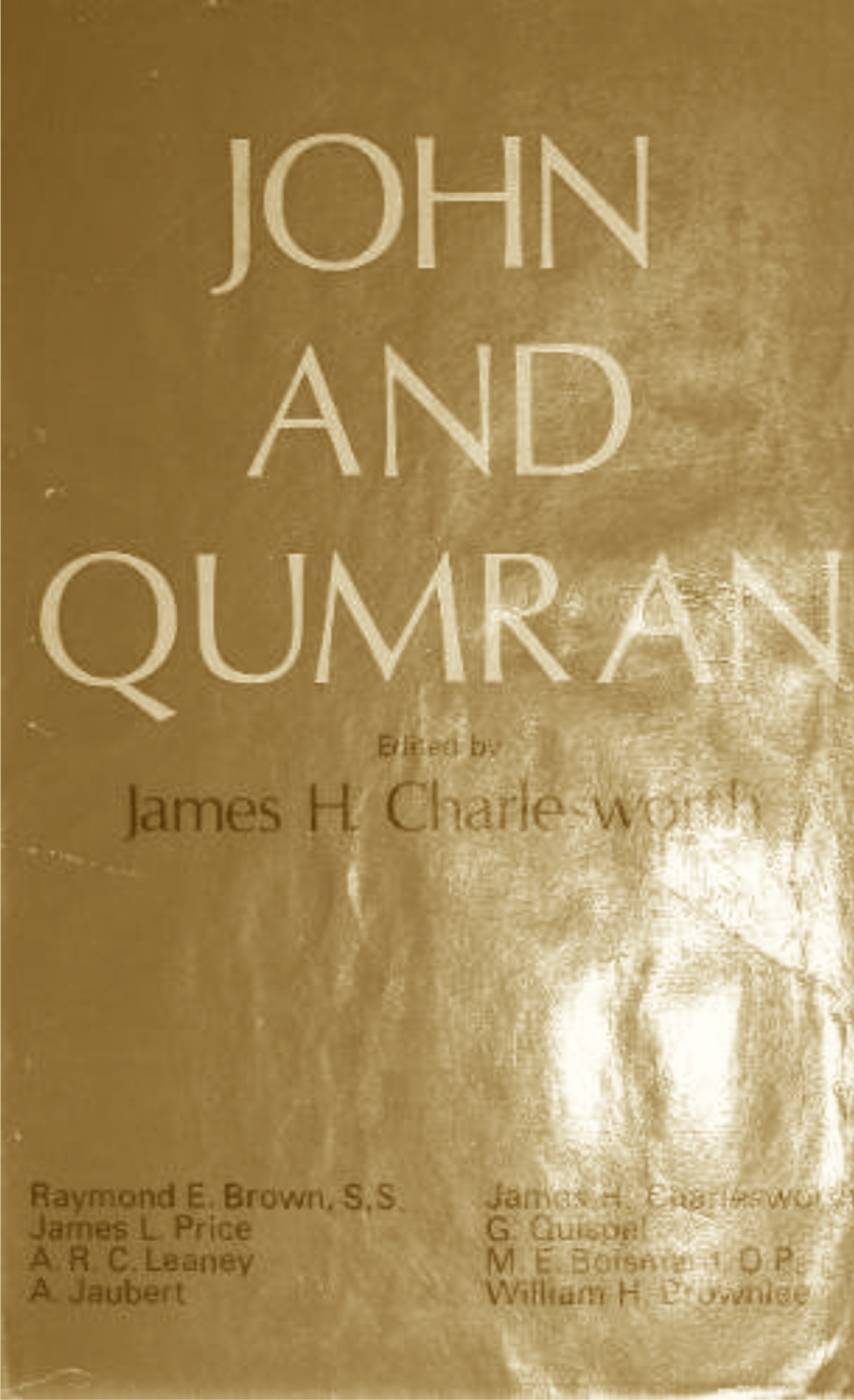JOHN AND QUMRAN
Summary of John and Qumran
“John and Qumran”, edited by James H. Charlesworth, is a collection of scholarly essays that explore the relationship between the Gospel of John and the Qumran community, which is known from the Dead Sea Scrolls. The book examines the possible connections between Johannine theology and the thought patterns, language, and beliefs of the Qumran sect.
⸻
1. Purpose of the Book
• The book investigates whether the theology and terminology of the Gospel of John were influenced by the Qumran community, or if both developed independently within a broader Jewish religious context.
• It provides comparative studies of themes such as dualism, the concept of truth, light and darkness, the Holy Spirit, and eschatology in both John’s writings and Qumran texts.
⸻
2. Key Themes Covered in the Book
a) The Dead Sea Scrolls and the New Testament (Raymond E. Brown, S.S.)
• Discusses how the Dead Sea Scrolls relate to New Testament thought, focusing on Qumran’s influence on John’s Gospel.
• Evaluates parallels between Qumran texts and Johannine theology.
b) Light from Qumran upon Some Aspects of Johannine Theology (James L. Price)
• Explores how concepts like “light and darkness,” “truth,” and “the word” appear in both the Dead Sea Scrolls and John’s Gospel.
• Suggests that both communities had strong eschatological expectations and saw themselves as the righteous remnant.
c) The Johannine Paraclete and the Qumran Scrolls (A. R. C. Leaney)
• Examines the role of the Paraclete (Holy Spirit) in John’s Gospel and how it compares to Qumran’s belief in divine guidance through angelic or spiritual beings.
d) The Calendar of Qumran and the Passion Narrative in John (A. Jaubert)
• Investigates whether John’s chronology of Jesus’ Passion follows the Qumran sect’s calendar rather than the traditional Jewish one.
e) The Dualism in Qumran and the Gospel of John (James H. Charlesworth)
• Compares the moral and eschatological dualism found in Qumran texts and John’s writings (e.g., light vs. darkness, truth vs. falsehood).
f) Qumran, John, and Jewish Christianity (Gilles Quispel)
• Discusses how early Jewish-Christian groups may have been influenced by Qumran’s teachings.
g) The First Epistle of John and the Writings of Qumran (Marie-Emile Boismard, O.P.)
• Explores similarities between the Epistles of John and Qumran texts, particularly in their mystical and community-based outlook.
h) Whence the Gospel According to John? (William H. Brownlee)
• Investigates the possible origins of John’s Gospel, considering whether Qumran theology contributed to its formation.
⸻
3. Importance of the Book
• The book sheds light on the Jewish background of John’s Gospel and helps scholars understand its unique theological perspective.
• It challenges traditional views that separate John’s theology from contemporary Jewish thought.
• It highlights the importance of the Dead Sea Scrolls in studying New Testament development.
⸻
Conclusion
“John and Qumran” is a scholarly examination of the possible connections between the Gospel of John and the Dead Sea Scrolls. The book provides valuable insights into the religious, philosophical, and theological world of early Christianity, showing that Qumran and John’s Gospel share certain themes while also diverging in key ways.
